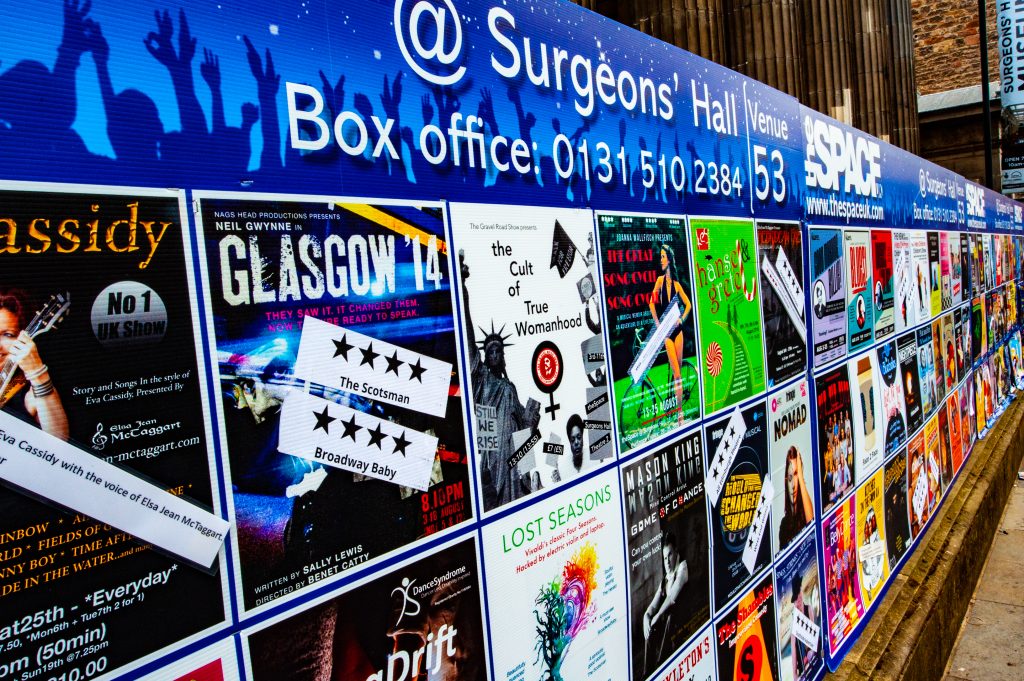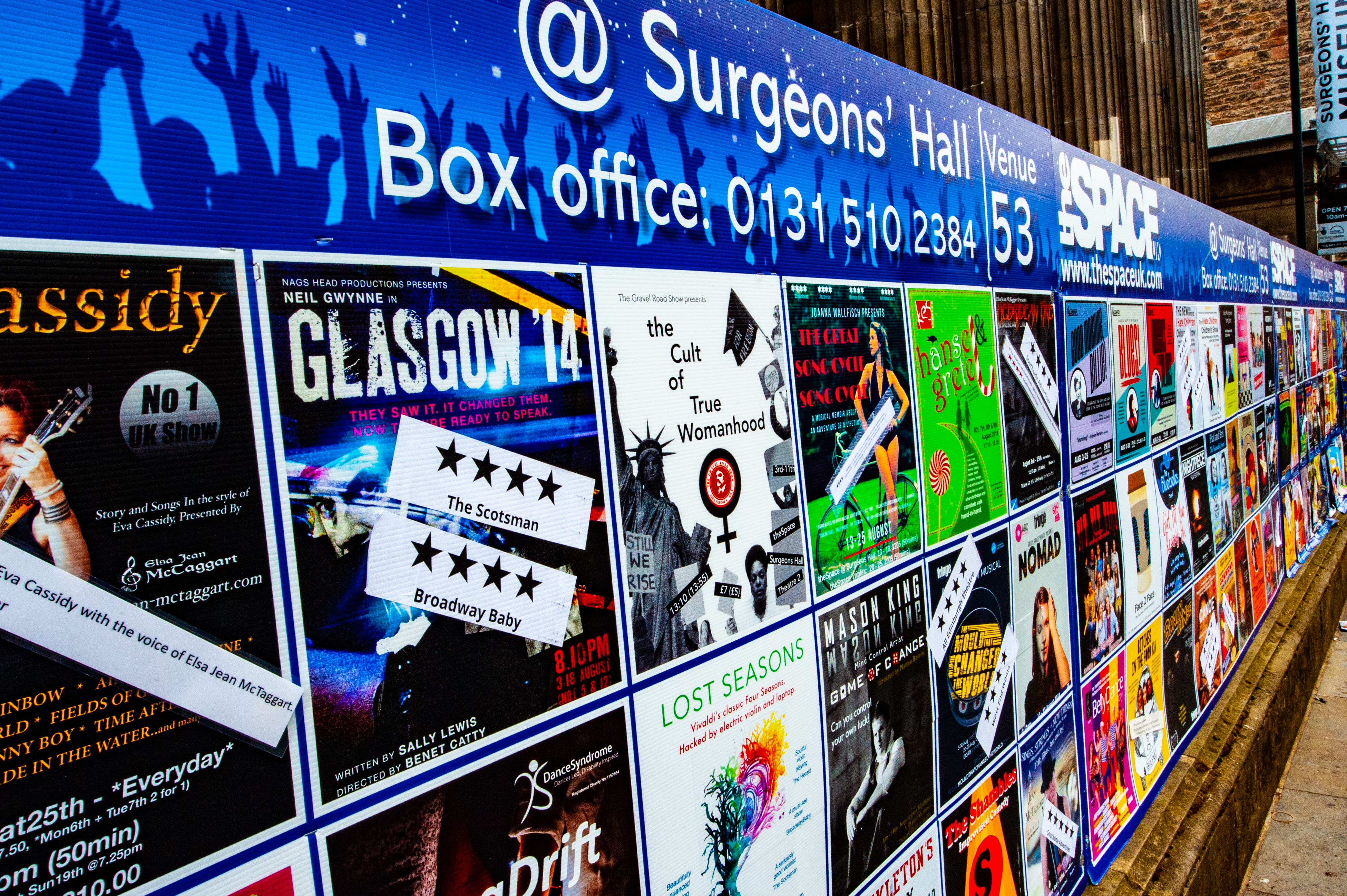
Kenneth Tam’s Exploration of the Fractured American Dream in *Requiem*

# Kenneth Tam’s *The Medallion*: A Profound Reflection on Technological and Economic Shifts
## Exploring the Ruins of a Financial Collapse
Kenneth Tam’s exhibition *The Medallion*, currently on display at Bridget Donahue, powerfully captures the catastrophe that befell New York City taxi drivers following the collapse of the taxi medallion market. Once promoted as a gateway to the American Dream, these medallions—licenses required to operate taxis—were the bedrock of financial stability for many working-class immigrants. At their peak, medallions were valued at around $1 million, but competition from ride-hailing services like Uber and Lyft sent their value into free fall. By 2021, they were worth a mere fraction of their former price—approximately $80,000—leaving many drivers mired in insurmountable debt.
Tam’s exhibition transforms this financial devastation into an immersive experience, using found objects and digital media to evoke the wreckage left in its wake.
## An Eerie Landscape of Economic Ruin
Upon entering the darkened gallery space, visitors are confronted with scattered objects that resemble the debris from a tragic accident—twisted metal beams, battered car parts, and cloth bags ominously sitting empty. The floor, covered in a beaded tan-and-black carpet made from interwoven car seat covers, rattles underfoot with an unsettling crunch, reinforcing an atmosphere of instability and unease.
A glowing centerpiece—an assemblage of artificial candlelight, worn-out taxi memorabilia, and a single metal badge reading “Licensed Taxicab”—suggests an impromptu shrine dedicated to those who suffered from the financial collapse of the medallion market. The installation functions both as a memorial and a critique, drawing attention to the devastating losses faced by taxi drivers, many of whom were first-generation immigrants lured by the promise of financial security.
## The Power of AI in Visual Storytelling
On one wall, a wide-format screen mimicking a taxicab rooftop display cycles through images titled *Dissolved Personal Archive (2015–2024)*. At first glance, these images appear mundane—parks, domestic spaces, and city streets that seem pulled from a personal photo album. However, a closer inspection reveals something uncanny: these images are AI-generated, and human figures within them gradually disintegrate into swirls of digital distortions reminiscent of data artist Refik Anadol’s work. One particularly haunting image features a figure attempting to resist their dissolution, only to collapse under the pressures of technological transformation. The piece suggests that, like taxi drivers caught in the wave of rideshare apps, individuals can be erased by advances in technology when human well-being is sacrificed for profit.
## Video Reflections on Despair and Resilience
Tam further expands this critique in *The Medallion* (2025), a two-channel video projection placed on opposing walls. This component of the exhibition juxtaposes slow-motion footage of individuals struggling, seemingly swept into a tragic dance, with underwater visuals of figures swimming toward a single light source—a powerful metaphor for the financial distress and emotional toll suffered by indebted drivers.
The project also includes a poignant interview with a taxi driver who recounts his personal torment after investing his life savings into a medallion, only to watch its value crumble. He speaks of sleepless nights and anxiety that keeps him tossing and turning, mirroring the overwhelming financial despair that resulted from the abrupt devaluation of medallions.
### A Final Symbol of Uncertainty
At the foot of this video installation lies *Anxiety Clock* (2025), a patch of car-seat beads that flickers with random numbers and symbols, evoking a broken countdown timer. Its erratic display suggests a never-ending wait, symbolizing the limbo in which many medallion holders found themselves—trapped in financial freefall with no clear resolution in sight.
## A Call for Reflection
Tam’s *The Medallion* is an unflinching exploration of what happens when economic policies and technology-driven industries shape the lives of ordinary people without safeguards in place. By drawing upon a combination of physical artifacts, AI-generated imagery, and immersive video, the exhibition captures both the personal and societal impact of financial exploitation.
The broken taxi medallion system is just one example of how market optimism can mask long-term consequences, especially for vulnerable populations. In the wake of this crisis, Tam’s work asks visitors to consider: Who bears the costs of unregulated technological disruption? And what does justice look like for those left behind?
—
**Kenneth Tam: The Medallion** is on view at [Bridget Donahue Gallery](https://www.bridgetdonahue.nyc/exhibitions/kenneth-tam-medallion/) (99 Bowery, Lower East Side, Manhattan) through March 8, 2025.